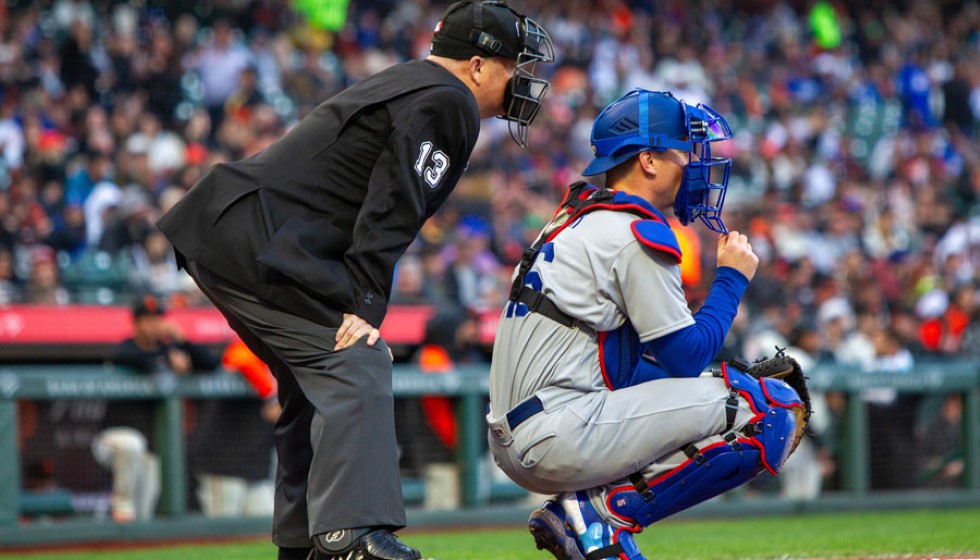
The 2023 Major League Baseball (MLB) season is witnessing a worrying trend that has raised alarms across the sport: a dramatic increase in pitcher injuries. This spike, particularly in injuries related to torn elbow ligaments, is causing concern among teams, players, and fans alike. As some of the league's top talents are sidelined, questions are being raised about the potential causes behind this surge and what it means for the future of baseball.
High-Profile Casualties
This season, several marquee pitchers have already been forced out of play due to elbow injuries. Eury Pérez and Shane Bieber, both seen as pivotal to their teams, have had their seasons cut short because of torn elbow ligaments. The list extends with Jonathan Loáisiga and Spencer Strider, who have similarly undergone season-ending elbow surgeries. Additional concerns were raised when Framber Valdez was scratched from a start, citing elbow soreness as the reason.
What is even more startling is a recent statistic revealing that 34.2% of pitchers in MLB games have undergone Tommy John surgery—a procedure often associated with repairing a torn ulnar collateral ligament in the elbow. On Opening Day alone, pitchers made up 80% of all players assigned to the injured list, totaling 132 pitchers sidelined.
Searching for Causes
The spike in injuries has sparked a debate on its underlying causes. Tony Clark, the executive director of the MLB Players Association, places the blame squarely on the introduction of the pitch clock. According to Clark, this change, which aimed to speed up the game, has inadvertently increased the risk of injury for pitchers. The MLB, however, contends this point, pointing to studies that have found no link between the pitch clock and an increased risk of injury.
Beyond the pitch clock, other factors are also under scrutiny. The emphasis on pitchers throwing harder than ever before is believed to contribute to the escalating injury rates. Some also argue that the MLB's crackdown on foreign substances, which pitchers have historically used to gain a better grip on the ball, may be exacerbating the problem. Furthermore, early specialization and an excessive focus on velocity in youth baseball are seen as leading to more injuries over time.
The player’s union has raised particular concerns over the reduction of the pitch clock length, seeing it as a counterproductive measure that could be endangering players’ health. Moreover, there is a broader shift in pitching strategy towards throwing with maximum effort, which may also be contributing to the problem. This strategy places an even greater strain on pitchers' arms, leading to higher injury rates.
A Call for Change
The current situation has led to calls for a reevaluation of pitching strategies and the rules governing the game to protect players’ health better. The statement from the union highlighted the unilateral decision by the Commissioner's Office to reduce the pitch clock length, despite stark opposition and concerns regarding player safety. This decision, coming shortly after what was described as "the most significant rule change in decades", has become a focal point of contention.
The dilemma facing baseball is aptly described as a "double-edged sword." Emerging talents able to deliver fast pitches consistently are highly valued, yet the very ability that puts them in the spotlight is also what threatens their longevity in the sport. "How can you tell somebody not to utilize their full capabilities, especially when they can throw 100 mph? Yet, something needs to change," speaks to the core of the issue. Baseball finds itself at a crossroads, needing to balance player safety with the competitive and entertainment aspects of the game that fans love.
In summary, the 2023 MLB season is being marked not just by the exhilarating plays on the field but also by a concerning increase in pitcher injuries. The debate over what is causing this surge and how the sport should respond is ongoing. As baseball navigates these challenges, the health and careers of some of its brightest stars hang in the balance, highlighting the importance of finding a sustainable path forward.